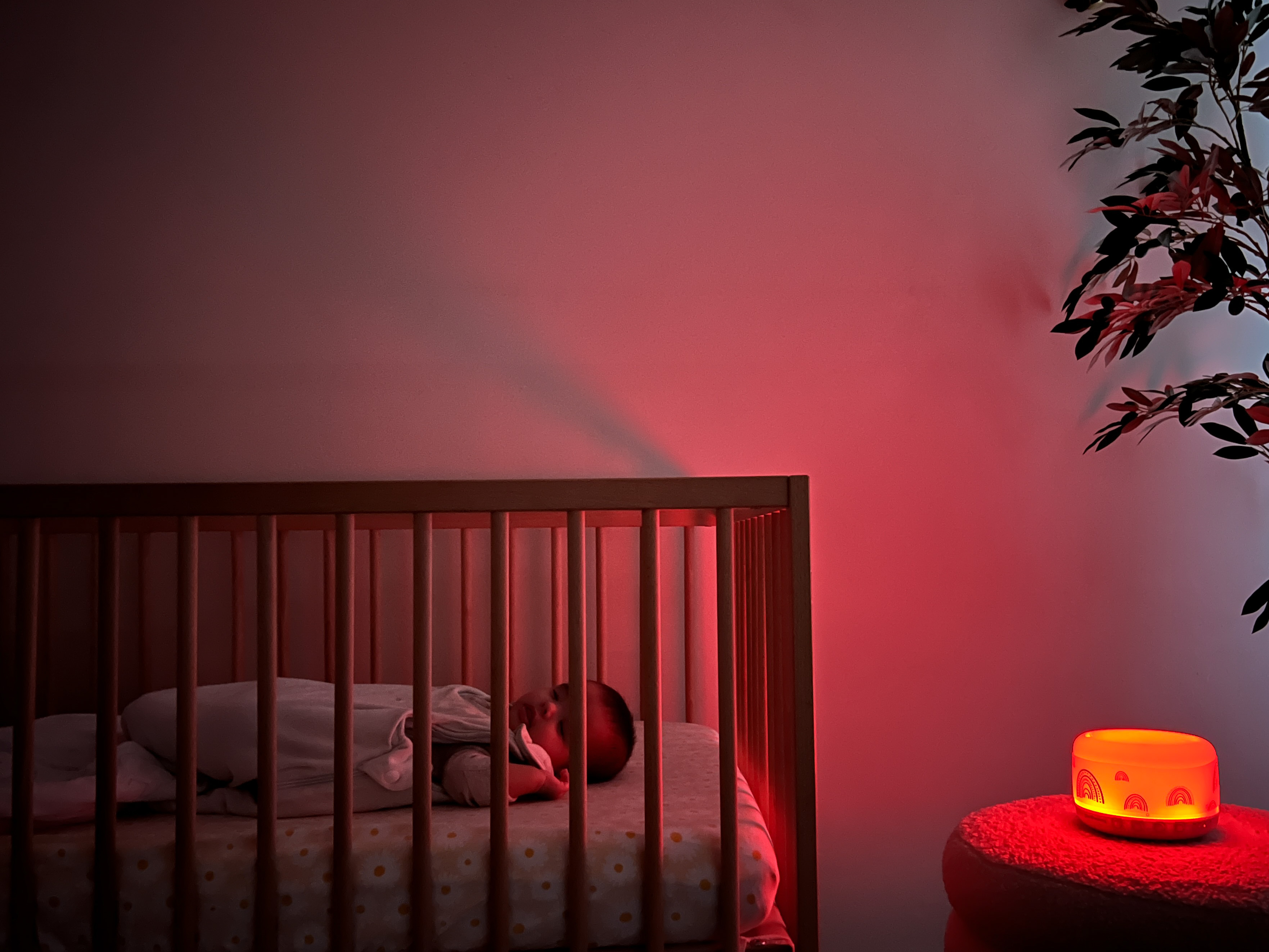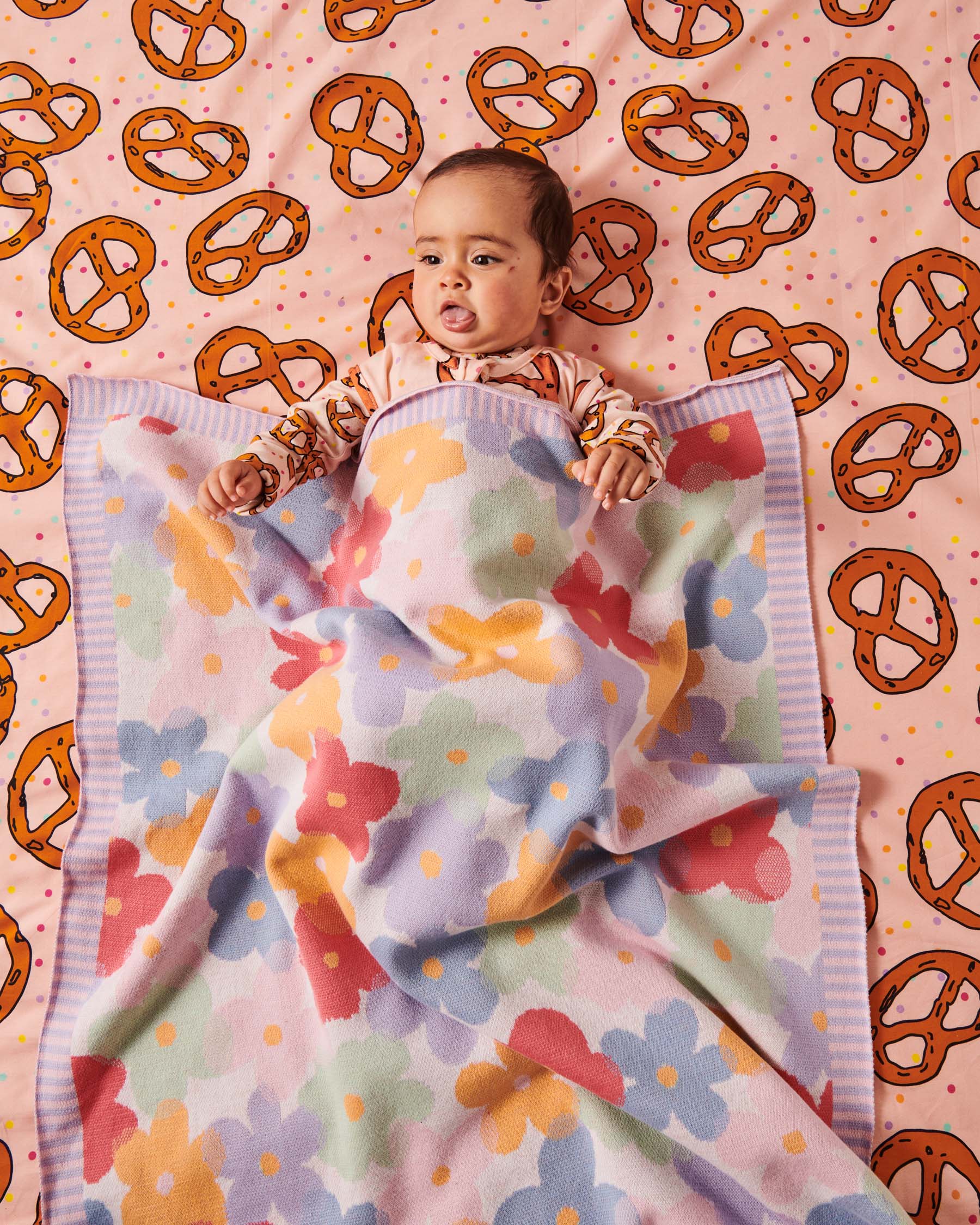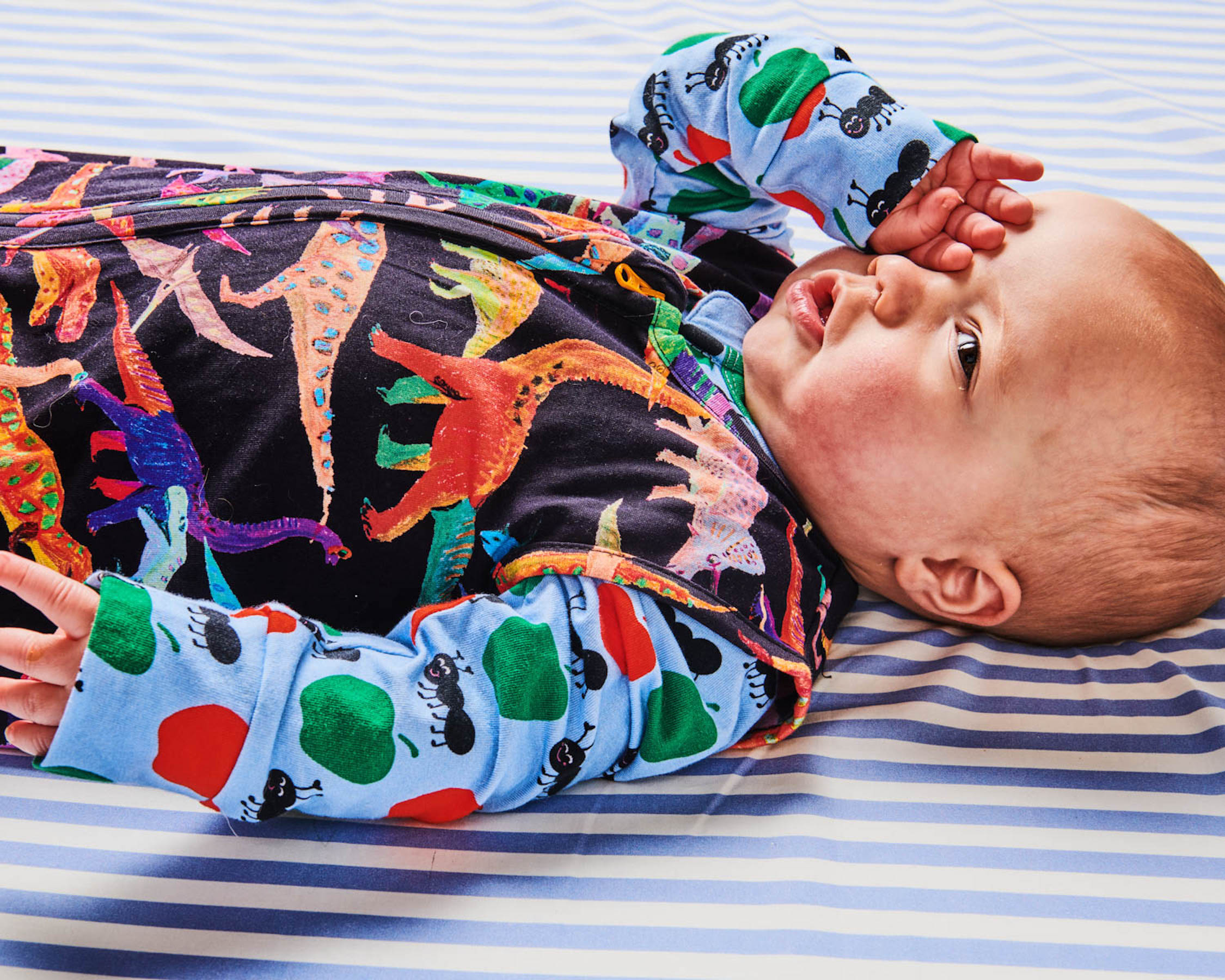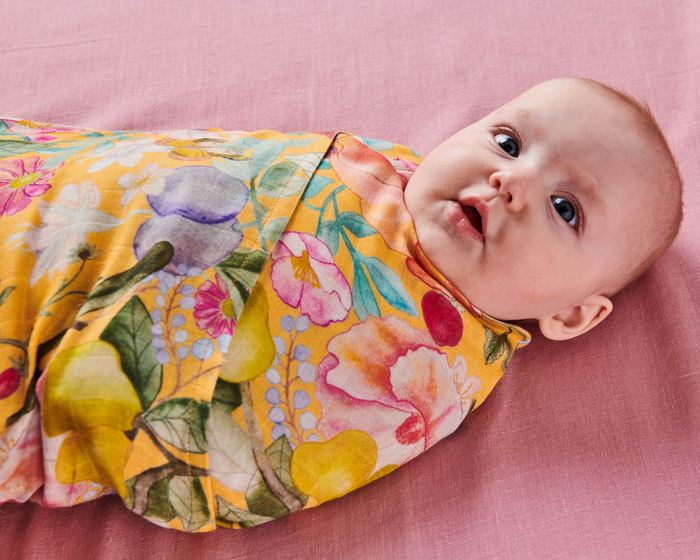Welcome to the land of sleepless nights and early morning cuddles, where the joys of parenting come hand in hand with the challenges of multiple night-time wake-ups.
In today's blog, we delve into a treasure trove of tips and tricks to navigate the realm of baby sleep. From understanding what night terrors are to tips and tricks for preventing them, join us and the team at Glow Dreaming on a journey to help your little one (and you) enjoy a more restful night's sleep.
For 48 hours only, take 25% off the entire Glow Dreaming site with the code KIP25. T&C's apply. Code expires MIDNIGHT 8th Feb
Understanding Night Terrors in Children
Night terrors are an unsettling experience for both parents and children. They often strike about 2 to 3 hours into a child's slumber, during the transition from the deepest non-REM sleep to the lighter REM sleep phase, where dreams occur. Usually, this transition is seamless, but sometimes, it takes a frightening turn – this is when night terrors occur.
Night terrors, unlike nightmares, aren't exactly dreams; they're abrupt, fear-induced reactions during sleep phase transitions.
Recognising Night Terrors
A child experiencing a night terror might suddenly sit upright in bed, shouting or screaming in distress. Their breathing and heartbeat quicken, and they may break into a sweat, thrash around, and appear agitated and scared. What they truly seek is your comfort, a reassuring presence, and often, an invitation into your bed. The catch is, unlike nightmares that kids often recall, there's no memory of a night terror the next day. Why? Because it happens during deep sleep, with no mental images to recollect.
What Causes Night Terrors?
Night terrors are rooted in the over-arousal of the central nervous system (CNS) during sleep, often due to the CNS's ongoing development. Some children inherit a predisposition for this over-arousal – interestingly, about 80% of children who experience night terrors have a family member who has also encountered them or similar sleep disturbances like sleepwalking.
While night terrors usually occur between the ages of 3 and 12, they've been reported in children as young as 18 months, with a slight prevalence among boys.
Coping with Night Terrors
Night terrors are typically a phase in a child's development, often resolving as the nervous system matures. However, children waking from night terrors can be disoriented and take a while to settle back to sleep.
If you're seeking an effective solution to combat night terrors, consider the Glow Sleep Easy. This innovative approach combines pharmaceutical-grade pure and natural essential oils that help relax your child's mind and body, reducing stress. The gentle Pink Noise and soothing sounds emitted by the device can quickly ease your child back to sleep if they wake up, without much fuss. The red LED light, apart from stimulating melatonin, casts a reassuring red hue, keeping bedtime fears at bay.
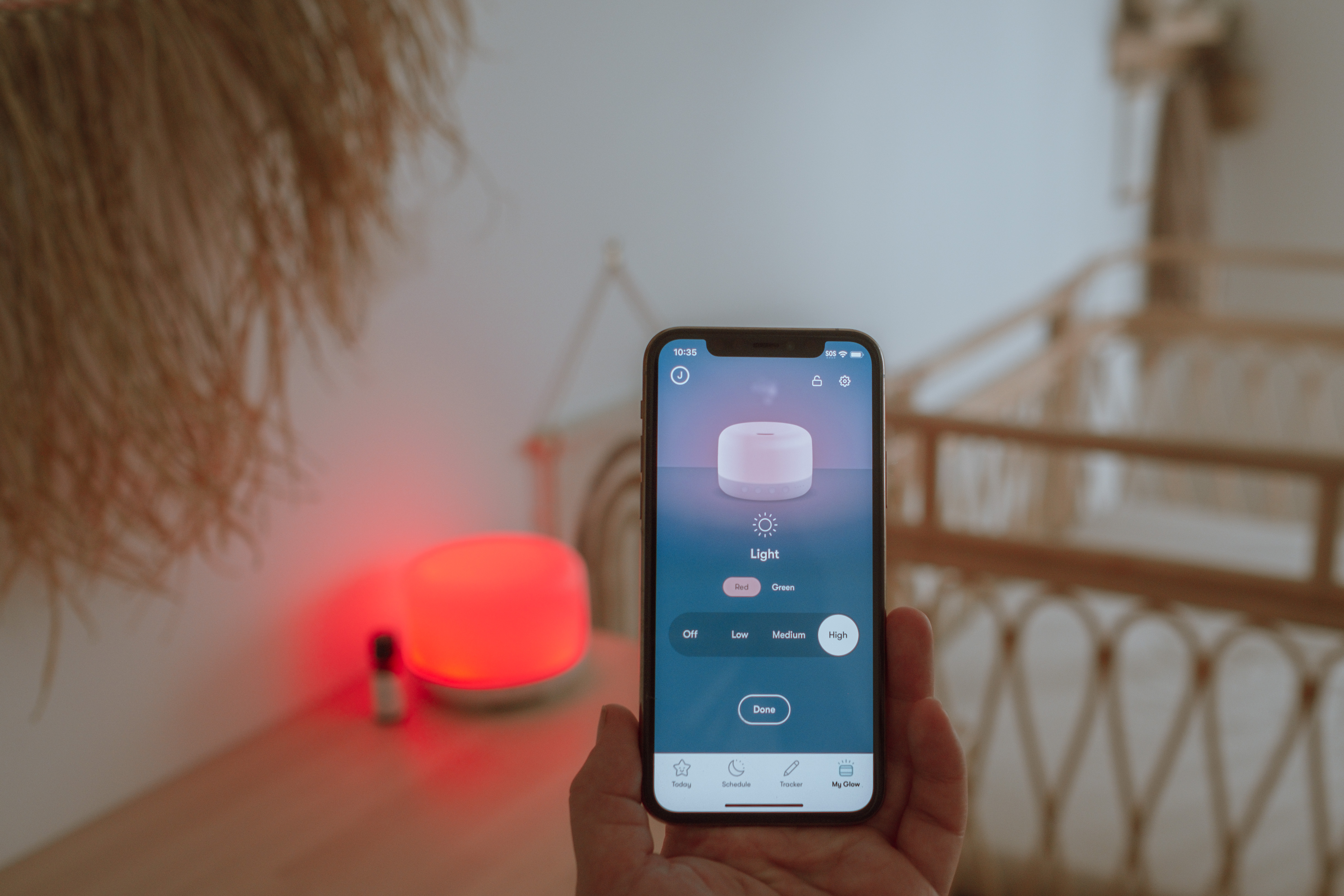
For 48 hours only, take 25% off the entire Glow Dreaming site with the code KIP25. T&C's apply. Code expires MIDNIGHT 8th Feb
Tips for Preventing Night Terrors
While night terrors are often a part of childhood development, there are some strategies to reduce their frequency:
- Minimise your child's stress.
- Establish a simple and relaxing bedtime routine.
- Ensure your child gets sufficient rest.
- Avoid letting your child stay up too late to prevent over-tiredness.
These tips may help alleviate night terrors, but if you're looking for a guaranteed solution, consider trying Glow Dreaming. With a 100% money back guarantee, you've got nothing to lose except the worries of sleepless nights.
